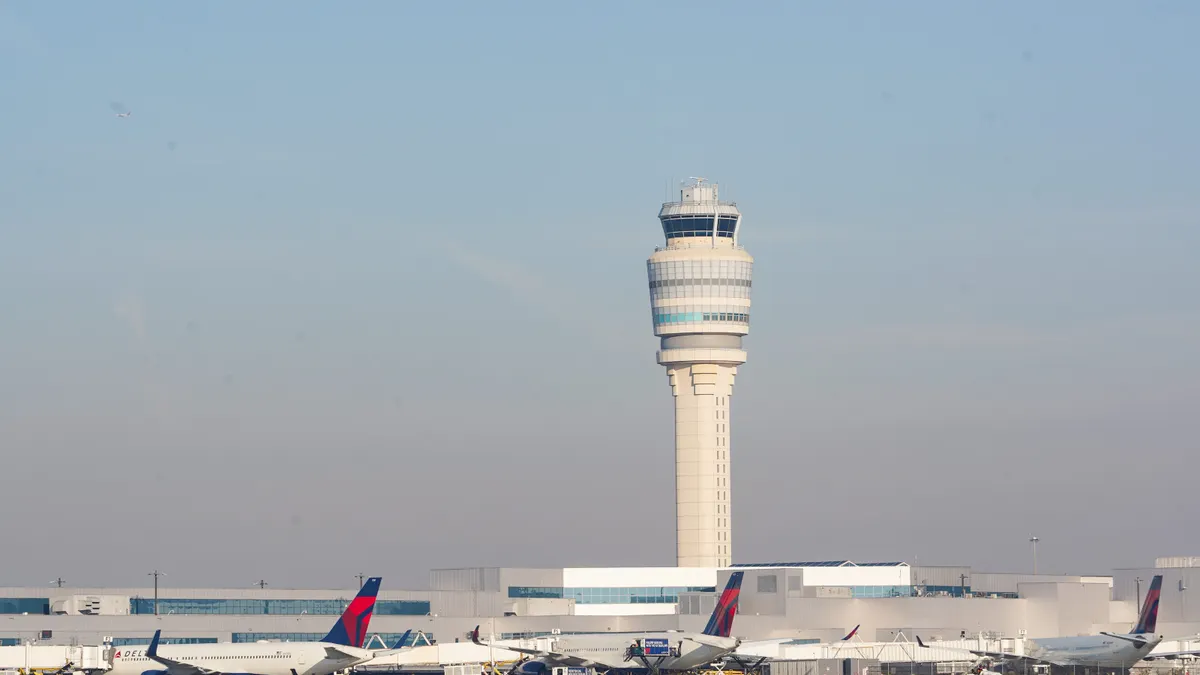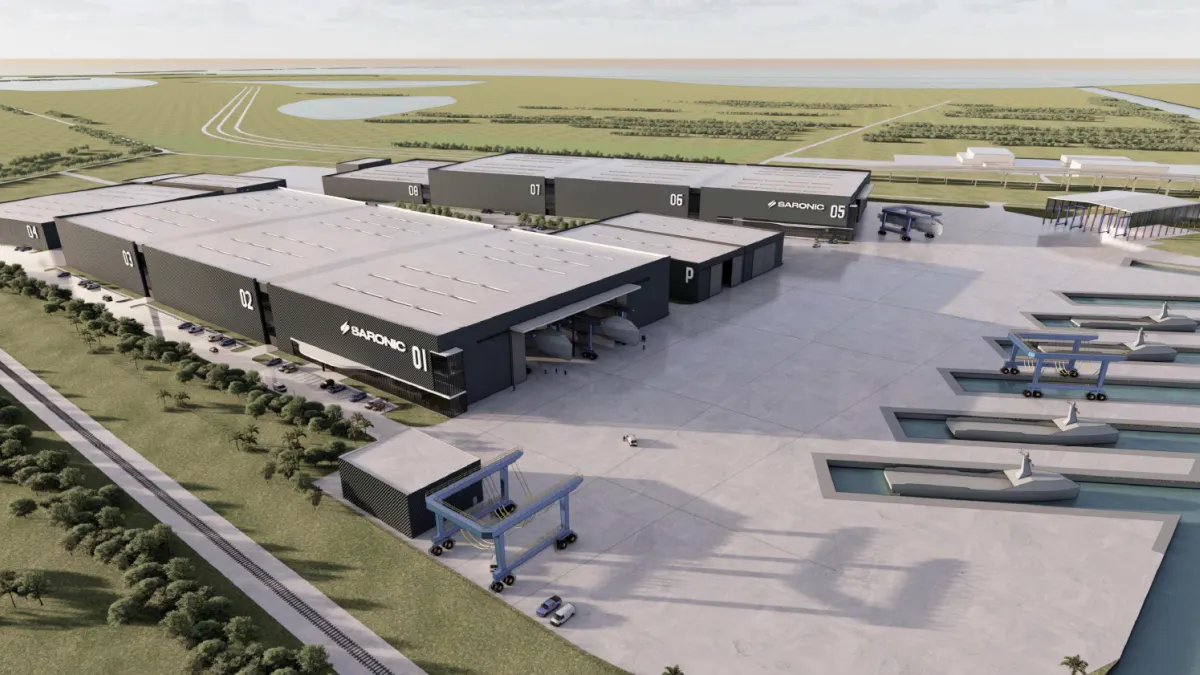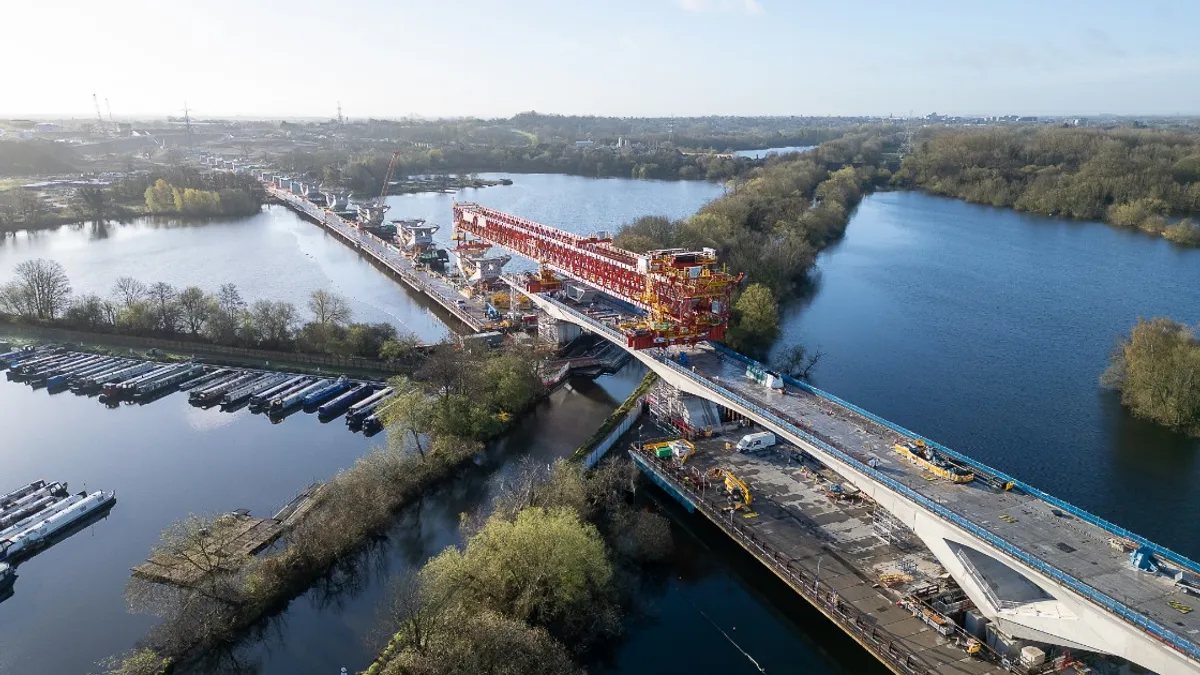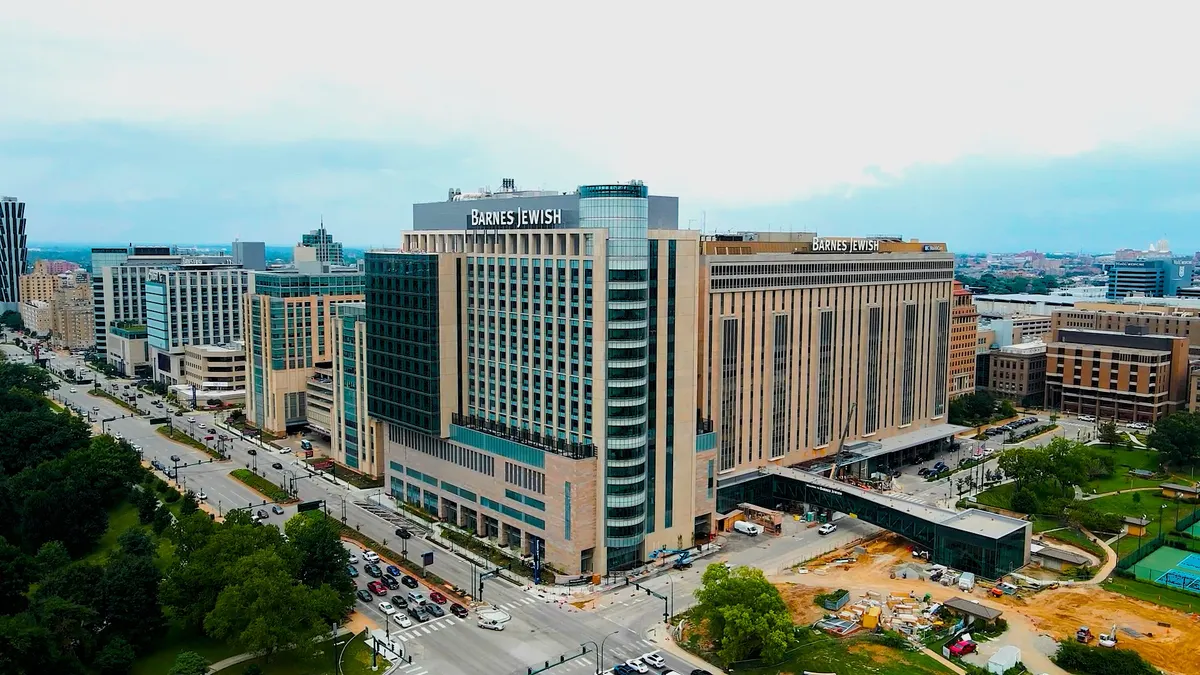This feature is a part of “The Dotted Line” series, which takes an in-depth look at the complex legal landscape of the construction industry. To view the entire series, click here.
The Biden administration’s recent changes to the Davis-Bacon Act are the most dramatic in a generation. They restore the Labor Department’s definition of prevailing wage that was used until 1983, thereby increasing construction workers’ pay on federally funded projects. The new rule, which goes into effect Oct. 23, also expands types of work and workers covered, and boosts enforcement.
Davis-Bacon sets the prevailing wages contractors must pay workers on federal projects, and contains complex rules around which specific workers and work are covered by its requirements. The update makes the prevailing wage equivalent to the wage paid to at least 30% of workers, rather than 50% of workers previously, in a given trade in a locality.
The updates boost enforcement and include for the first time protection for whistleblowers, said Peter Crofton, partner and Atlanta section head of the construction law practice of Smith, Gambrell & Russell — a cue that the Biden administration plans to enforce the rule more zealously.
“The Biden Labor Department has indicated they are going to be more vigilant in enforcing some of this,” said Crofton. “It is going to be important that contractors properly administer Davis-Bacon and be ready when someone knocks on the door and says, ‘Hey, we want to look at your records.’”

The rule also broadens agencies’ ability to withhold back pay from contractors, attorney Dan Ramish, a partner at Haynes and Boone’s Northern Virginia office, said in an email.
In addition, “upper-tier subcontractors may now be liable for back wages of lower-tier subcontractors, if they knew or disregarded whether their lower-tier subs were paying their workers,” said Ramish.
The new rule also widens Davis-Bacon’s scope to cover new types of federally funded work, including energy infrastructure and related activities such as solar panels, wind turbines, broadband installation and installation of electric car chargers, Ramish said. The update also clarifies or expands coverage for several categories of workers.
“It explains that flaggers — folks directing traffic — are covered by Davis-Bacon even if they are not working in the primary construction zone,” Ramish said. “Truck drivers are covered by Davis-Bacon when transporting supplies or materials within the work site, or between the primary work site and secondary or support sites, and when loading or unloading or waiting for others to load or unload materials, unless the time spent on site is minimal. Survey crew members are also more likely to be covered.”
Expanded coverage
The new regulation also expands coverage for work that takes place at “secondary construction sites” in order to boost coverage of modular construction, which entails significant parts of a build being constructed offsite and later assembled on site.
“Under the old rule, offsite construction was generally covered only if a site was specifically established for the contract or project, or virtually adjacent to the site of the work such as job headquarters, tool yards, batch plants or borrow pits,” Ramish said. “Now, offsite construction may be subject to Davis-Bacon at sites that are exclusively or almost exclusively used to perform the contract for a specific period of time.”

Generally, the wage determinations in a contract apply for the life of the contract, but the revised regulations say they must be updated when it is modified to include new construction that was not within the original scope, or if the contractor is required to perform work for additional time (other than a time extension), Ramish said. On contracts that are not tied to a single project, such as indefinite-delivery, indefinite-quantity contracts, wage determinations are now required to be updated every year.
The new rule also formalizes Department of Labor policies for how fringe benefits must be calculated, which were previously just included in guidance documents, said Ramish.
The new rule is sure to face legal challenges, according to Roll Call, and Associated Builders and Contractors said last month it is considering legal action.
Get paperwork in order
Contractors need to understand the new pay schedules so they can properly set their rates and price their change orders accordingly, experts say. The new rule is not supposed to directly increase costs for builders, who as before will be able to charge government agencies higher prices in order to offset the new wages, according to Ramish. However, if they don’t account for hours correctly or price change orders wrong, they could end up eating the cost.
Going through a Davis-Bacon investigation can be costly, said Crofton. Contractors not in compliance will have to pay back wages that should have been paid, and administrative penalties up to $200 per worker per day and other fees may also apply.
There may also be consequences beyond the financial, including a negative performance rating that might hurt their ability to get future work. To protect themselves, contractors need to get their paperwork in order.
“Contractors need to be vigilant with what they do, how they document it, keeping their paperwork straight so that if there are any questions that come up about compliance, they are able to deal with those,” Crofton said.
The first step is figuring out whether they’re subject to a Davis-Bacon wage, and if so, getting the current wage tables. Those are typically found in RFP documents, according to Crofton. Then contractors need to verify that they’re paying the correct wages to subcontractors and other workers, and that they have a compliance system in place.
To that end, it’s important to have an adequate recordkeeping system. Make sure there’s a document management system that will allow you to file, organize and easily retrieve data so if you need to know what a specific contractor was doing on a specific job at a specific time, that certified payroll information is easily accessible.
Contractors and upper-tier subcontractors may want to look at requiring indemnification from their subcontractors for any back pay liability for failure to pay workers, Ramish said.
It’s also important for the back office to check that they have the payroll from subs, that the pay period is correct and records are in order for the workers listed, Crofton said. This is a good moment to do a “health check” on contracts and look at how subcontractors and sub-subcontractors are required to flow paperwork and certifications up, and to ensure any forms that need to flow down from the prime contract with the Davis-Bacon obligations are getting passed on as they should.
“You’d be surprised how many contractors, just somewhere along the way, something got left out,” Crofton said. “A periodic review catches a lot of that and cleans it up.”
____________________________________________________________
The Dotted Line series is brought to you by AIA Contract Documents®, a recognized leader in design and construction contracts. To learn more about their 200+ contracts, and to access free resources, visit their website here. AIA Contract Documents has no influence over Construction Dive’s coverage within the articles, and content does not reflect the views or opinions of The American Institute of Architects, AIA Contract Documents or its employees.






















